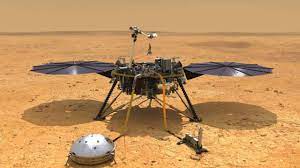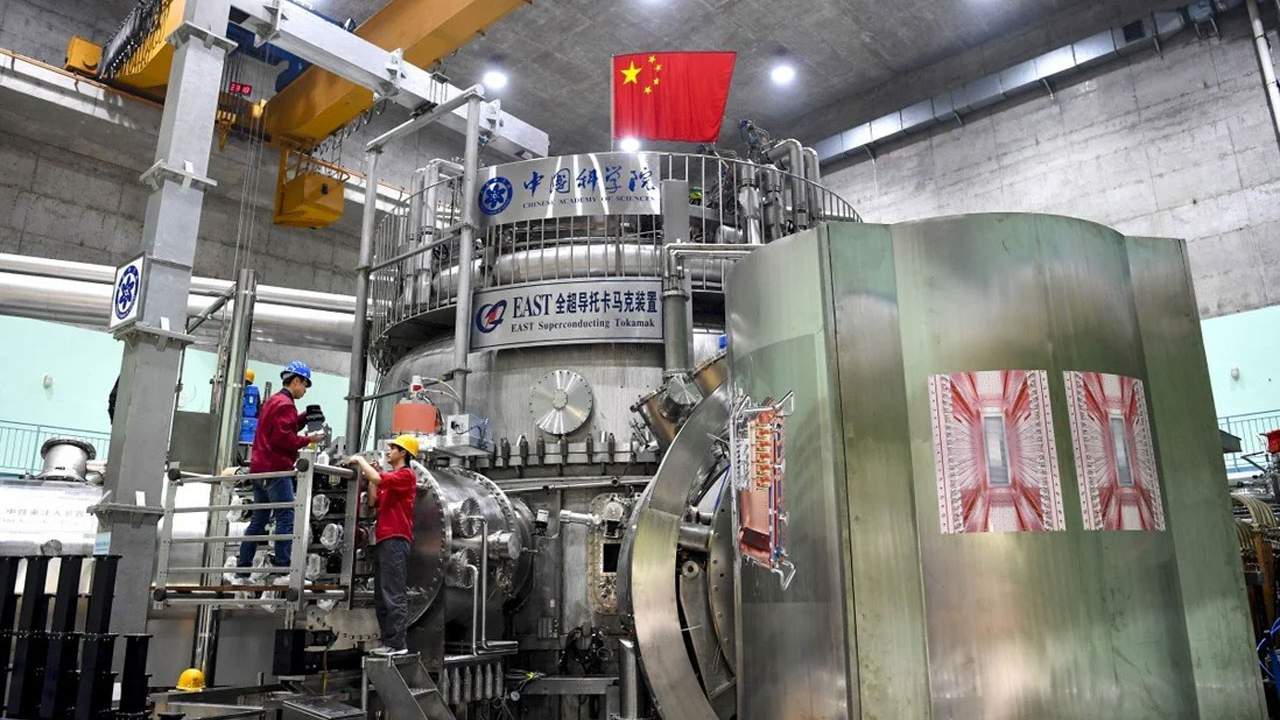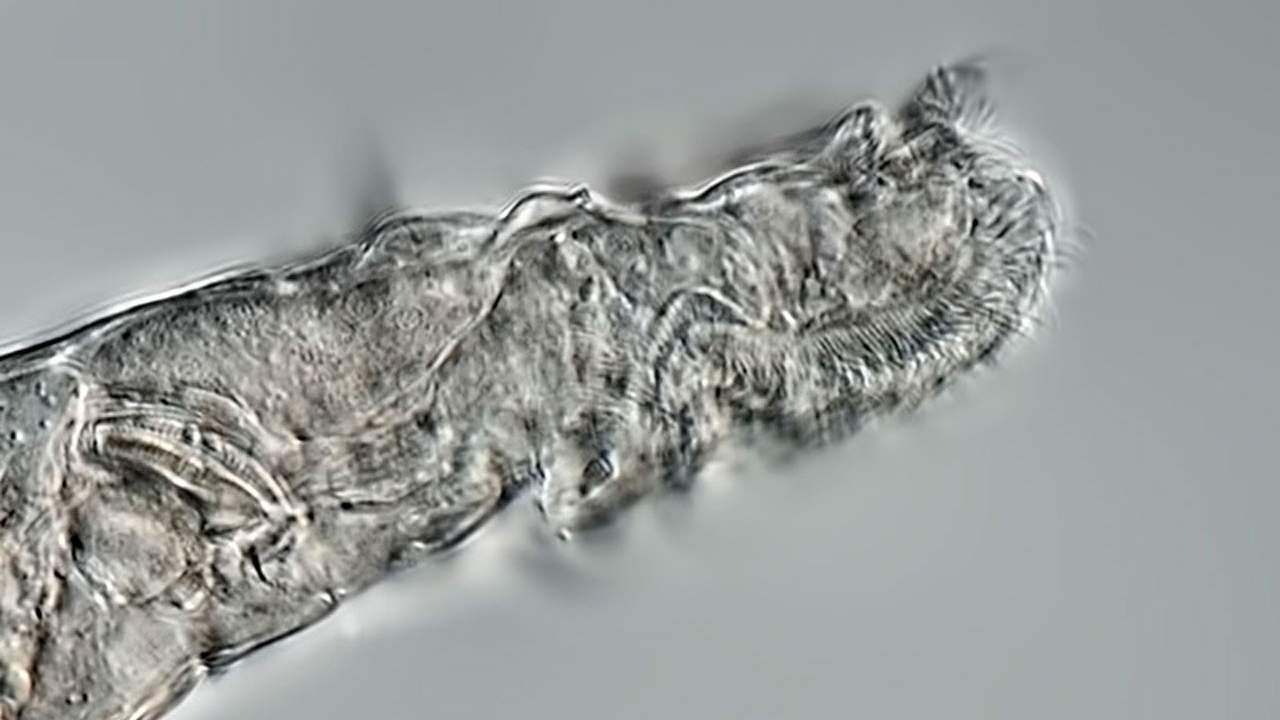Lander NASA’s insight gave himself an unexpected bath, taking advantage of Mars’s land for ways counter-intuitive to clean his surly panel to recharge it needed. Lander – who was on the red planet since the end of 2018 – depends on solar power to operate its scientific instruments, but the buildup of dirt on the panel has made a challenge that has increased.
Without power, insight is not only able to continue operation, but it is at risk of freezing at night Mars which is cold. With Mars close to the farthest point of the sun, the plan is always to save as much energy as possible and close everything but important things for the next few months.
Every time you spend such a time, basically taking from the potential research time, and the team manages Lander remotely has tried to find ways to potentially increase the number of interesting insights that can be done. Previous efforts – using the same motorbike that unfurled a circular solar panel of two 7.1 feet to shake it carefully, with the hope that it would expel the dust above – failed, but the second strategy had unexpectedly succeeded.
Insights using a spoon at the end of the robot arm to take Mars dust, and then shed it next to – although it didn’t turn on – solar panel. The idea, first suggested by Matt Groombek from JPL NASA, basically reflects grains which will then whip the surface of the panel, in the process of sweeping smaller grains that interfere with their efficiency.
NASA tried it on May 22, 2021, choosing the most dangerous point of Mars’s day to provide the best procedure to exercise. “It’s the easiest to the arm insight to be positioned on the landing deck, high enough for the wind to blow sand on a panel,” NASA explained. “Sure enough, with the wind of western sea blowing at a maximum of 20 feet (6 meters) per second, sand droplets to coincide with instant lumps in the overall strength of the spacecraft.”
In fact, the team saw uptick around 30 watts of energy per sol, or Mars day. Although it is not enough to keep insight into far through the upcoming Aphelion period, it must allow instruments to continue operations for several extra weeks. Come on August, meanwhile, Mars will start moving closer to the sun again, and scientific work can continue to continue.
NASA plans to try another dust bath on Saturday, June 5, to see if further cleans the panel.





